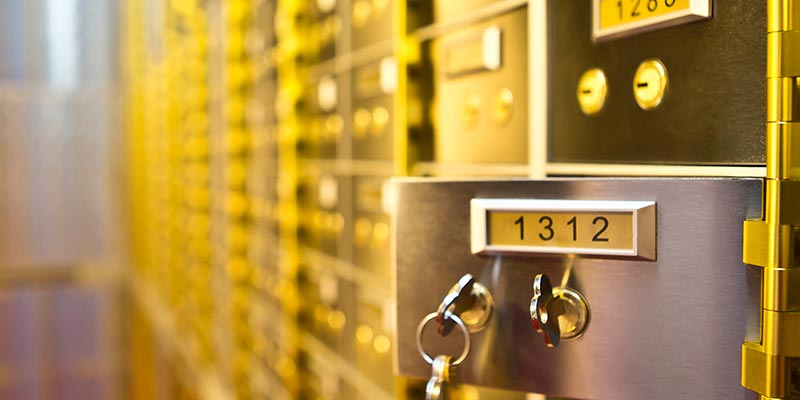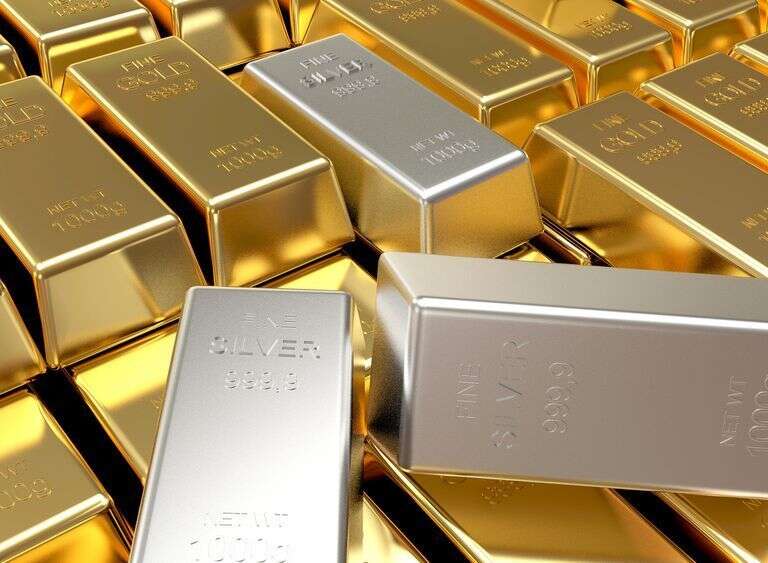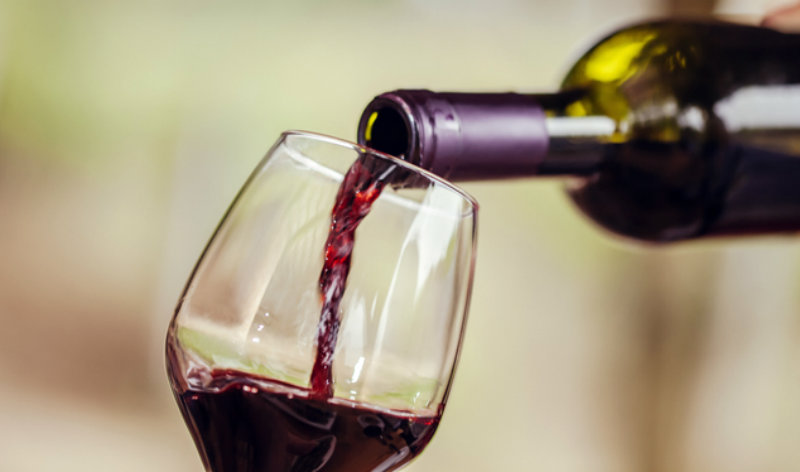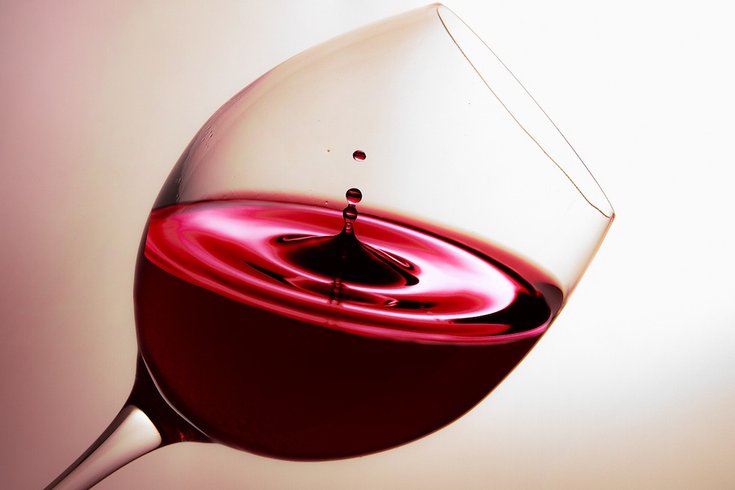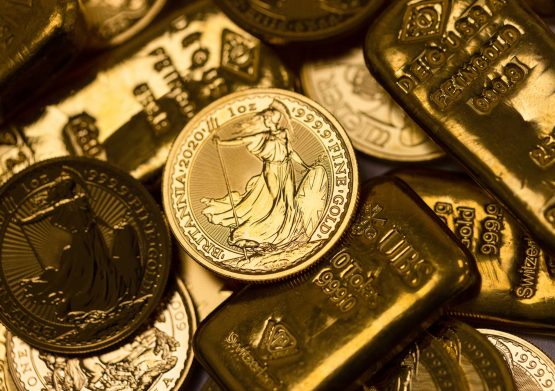
As I have mentioned many times, gold and silver each serve a specific purpose. Gold is for preserving wealth, and silver is for barter. Probably the most common question I am asked about precious metals is how could a person use them in the event of a currency collapse. People ask me, “How can I use my gold coins for barter when the time comes? Do I see off an edge of the coin and use it that way? How will people know the value of gold and silver? The answers to these questions are relatively simple. No one knows exactly how things are going to unfold, but we could pose a very possible scenario.
When the dollar fails, and many financially knowledgeable individuals are saying that the dollar with collapse this year in 2010, what will happen to gold and silver? Gold and silver will go out of sight as far as value at that point, and that is when you want to have the bulk of your wealth in gold coins in your possession. Gold analysts and experts are now saying, as I mentioned before, that because of the severe shortage of above-ground gold and silver, gold could easily climb between $5,000 and $20,000 an ounce, and silver could get between $100 and $600 per ounce.
Now to answer the question about how you could use your gold and silver for barter. First of all, gold is not for barter but for preserving wealth. Gold will simply be too valuable per ounce to use for barter. You can’t take a one-ounce gold piece, which could be worth $5,000 an ounce, down to the grocery store to buy groceries or get a tank of gas with it. It is not practical. Gold is something that you hold and store as your core of wealth. Later on, if things finally settle down, you can either convert your gold to currency if the government prints another currency, or you could use it to buy bigger things like a house or a car, or a piece of land.
As an interesting piece of history, in 1929, when the stock market crashed, land values plummeted from 75% to 95%, and people with money were able to buy houses or land for pennies on the dollar. The same thing will happen this time when our dollar fails and the market crashes. The only thing different this time is that the dollar will be worthless, and with gold coins in your possession, you can purchase whatever you want. With gold in your possession, you have a chance to survive what is coming to this country.
That is why gold and silver are so important. Physical gold stands by itself as a sentry outside the fiat money system, guarding all of your assets. Gold has a 5,000-year track record of being the world’s only real money. Gold is tangible and real. Gold is universal and international. A person can take his or her gold anywhere in the world and exchange it for currency, goods, or services. Gold is the only financial security in the world. Gold maintains its purchasing power. You have probably heard the adage, that in the year 1900, an ounce of gold would buy a good suit of men’s clothes, and in 2010, an ounce of gold will buy a good suit of men’s clothes.

